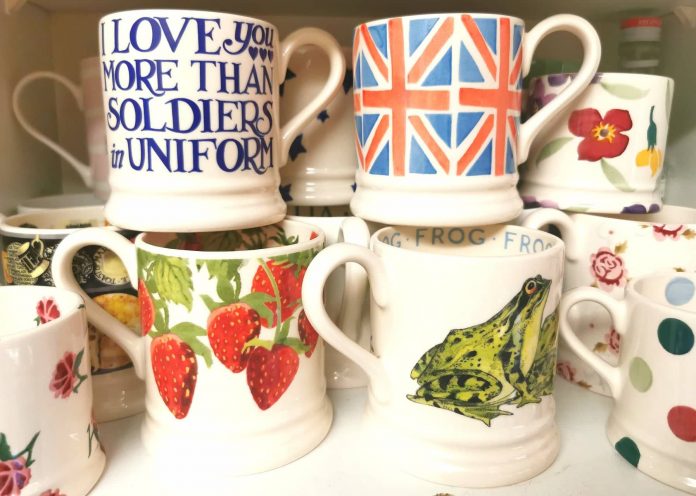“Yes, that’s it! Said the Hatter with a sigh, it’s always tea time.” – Lewis Carroll, Alice in Wonderland
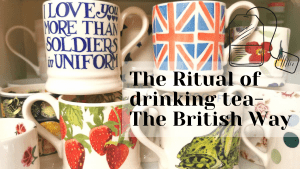
Britain and Tea Drinking
Some countries are known for certain things. Australia for beer & kangaroos; New Zealand for the Hakka; India for their spices & curry Norway for hygge.
And Britain? Britain is known for tea drinking.
The BBC claims we drink more than 60 billion cups of tea a year. We are a nation of tea drinkers and take this pastime very seriously.
When researching for this piece, I was shocked to find out something I considered to be an urban myth. Kettles in American households are not mandatory and many microwave their water for their tea. What sweet horror is this!?
For Brits, the kitchen is not a kitchen without a kettle. It is as important as the fridge.
Perhaps it is strange to the outsider, but there is something about the act and ritual of making and drinking a cup of tea.
A plant not even native to our country but China’s, one might say the British Empire was built on the tea trade through the East India Company. If you can believe it, we were late to the tea importing party. The Portugese and Dutch were importing tea into Europe by 1610. We didn’t capitalise on it until the 18th century. In the early 19th century the 7th Duchess of Bedford introduced the concept of Tea Time – the bridging of time between lunch and dinner. As teenagers, between 5-6pm was tea time in our house. Tea was always drunk while watching the news, this was a household tradition (and a long one at that).
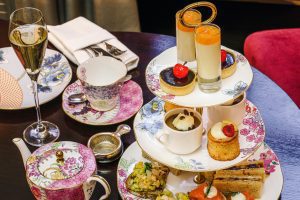
There is something known as ‘TV Pickup’, a phenomenon unique to Britain. During nationwide viewing times of big sporting events, engineers on the national grid brace themselves for power surges as millions of Britons take advantage of the tv breaks to go put the kettle on to make a cup of tea. In 2003 during the Rugby World Cup when England beat Australia in the final, the biggest peak was recorded during half time. The electricity demand reached 2110 MW – the equivalent of two million kettles turning on at the same time!
Tea Memories
Growing up, my memories are littered with delicate china tea sets, wheeled in on an antique tea trolley that was heavy laden with jam scones and freshly made sticky flapjacks. I remember learning how to make a cup of tea at the age of 7 (a very contentious topic I’ll come to later) and being proud as punch about adding a tray with a flower in a vase. At family gatherings as I grew older, I was offered tea.
For my parents’ generation, having an expensive china tea set that was brought out when visitors came round was a given. When I got married almost a decade ago, my mother for weeks tried to persuade me I needed a fancy china set on my wedding list. Being in my early 20s, I refused, feeling it was too stuffy and old fashioned. Being in my 30s now, nostalgia has somewhat taken over. An afternoon tea in a hotel with girlfriends or family, drinking from vintage tea cups and eating from trays of little sandwiches and cakes, is such a treat.
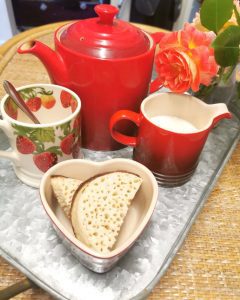
Though most households won’t use a teapot regularly on a day to day basis, I always love getting my teapot out when we have visitors. Old habits die hard and really, what is wrong with that?
It is the ritual of gathering together, around your favourite teapot with your favourite mugs and your favourite people. There is warmth there, the hearth is there. Where we used to gather round fires, we instead gather round a teapot and share life.
“There is no trouble so great or grave that cannot be diminished by a nice cup of tea.”
– Bernard Paul Herox
You are taught by osmosis from an early age that the ritual of drinking tea the British way is acceptable, needed, and encouraged in any situation.
Have 20 minutes to spare? Cup of tea.
Having a terrible week? Cup of tea.
Have something amazing to tell you? Have something terrible to tell you? Cup of tea.
Feeling sick? Bored at work? Need to hide from the kids? Cup of tea.
There is no bad time for a cup of tea!
All you have to do is watch the children from the moment they can walk, holding their tea sets and pouring tea for their teddies and dolls, to realise it is built into our very foundations as British people.
But Which Tea?
The debate of the best tea brand in the UK is a continuous and ever flowing debate. People from Yorkshire will have heated arguments that Yorkshire Tea is without a doubt the best, while others will throw Tetleys or Twinnings into the mix. While most households will simply have teabags, over the last few years more people are swinging back to the classic tea leaves to avoid plastic included in the teabags.
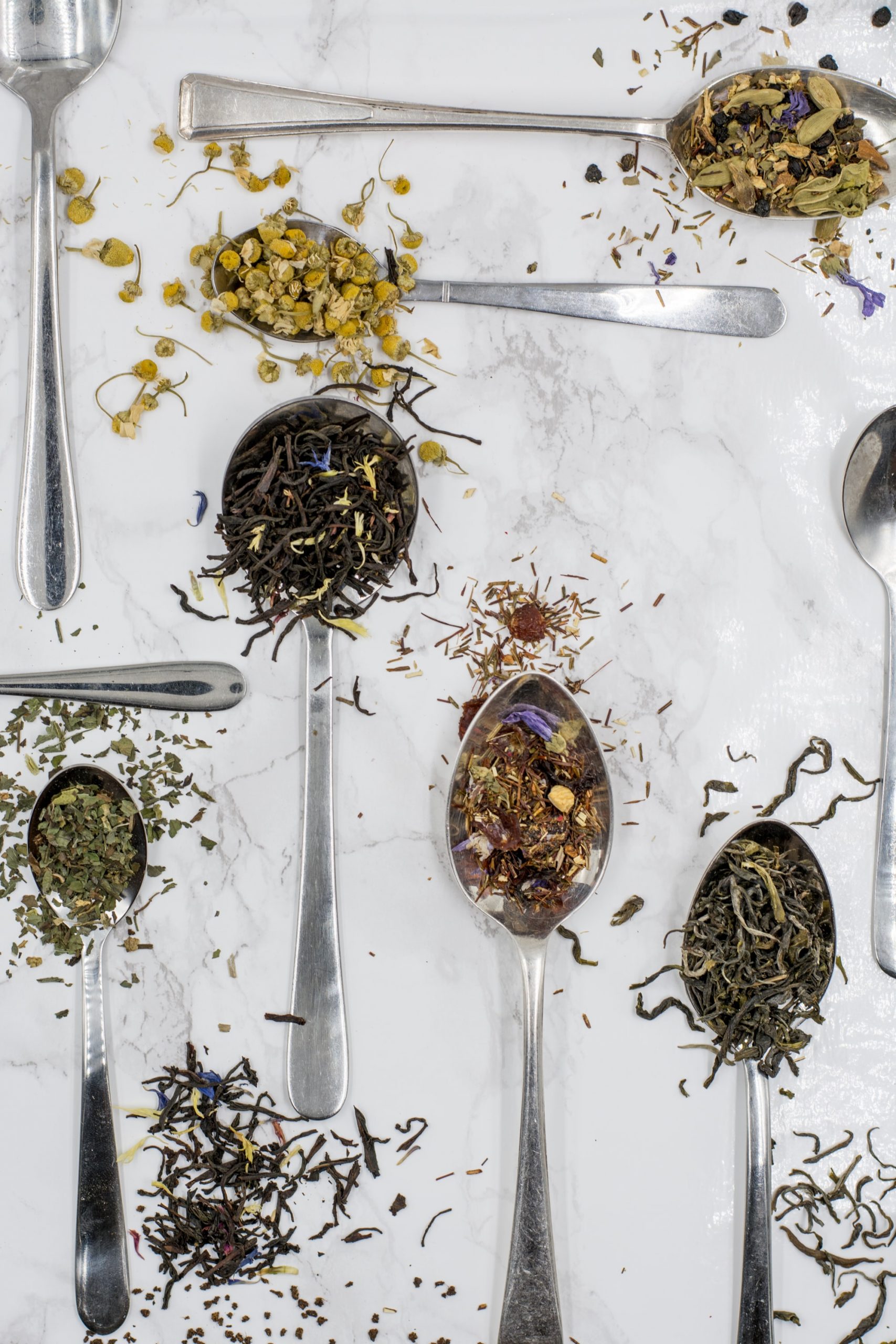 Different ranges of tea are popular: Assam, Earl Grey, Lady Grey, green tea, herbal teas. Some you include milk, while others don’t. You will find the older one gets, the more specific your taste buds are in choosing your preferred ones.
Different ranges of tea are popular: Assam, Earl Grey, Lady Grey, green tea, herbal teas. Some you include milk, while others don’t. You will find the older one gets, the more specific your taste buds are in choosing your preferred ones.
On a day to day basis, it is fair to say that the British are happy with a basic cup of tea – what you might think of as Breakfast Tea. This is an easy and straightforward answer then, right?
Well, my friends, you would then be grievously mistaken.
I would say THE most contentious topic in and around the topic of tea in the UK is how you like to drink it.
Surely just milk in the tea?
But how long do you brew your tea?
Do you pour the water in quickly or slowly?
Do you put in the water first, then the tea bag, or the milk and then the tea?
Do you take sugar or have it black?
There are memes that continuously circle UK social media relaying a series of colours of tea strength. Every National Tea Day, more get released to the point Pantone released one of their own, colours ranging from very milky to dark with – Udderly Wrong, How Dairy You, Brewtal, Client T-M, Creativitea and Totalitea.
For many years it was folklore that the Queen used to pour her milk into her tea cup before pouring the tea in. The horror! One does not do that if one wants to have a good cup of tea. You will be glad to know that this folklore was disproved when her butler shared her favourite teas and that she did indeed pour the milk in afterwards. Phew, we can all sigh a big sigh of relief!
Friends, the ritual of drinking tea is no joke.
While working in a shop in my 20s, I will never forget the horror of being brought a “cup of tea.” This was no cup of tea. This was milky water with a tea bag wafted over it. If you are going to drink tea, let us do it properly. I’m not proud of admitting that at certain houses, I’ll just ask for black tea because the milk hand is just too strong for me. Let me explain why…
The Ritual Of Drinking Tea – Our Way

The ritual of drinking tea the British way is something rather unique. For a lot of us, including myself, we are particular about what mugs we drink it from.
My husband and his family drink tea by the gallons. When I first met him, I couldn’t get over the size of their mugs and how regularly they drank them. My husband drinks tea from the biggest and oldest mug in the house. I have no idea where it came from and dread the day that I end up accidentally dropping it. If I put it in the dishwasher before the evening, he’ll take it as a slight because, “That’s my tea mug and I’m not done drinking tea today.” I don’t know many people that have sugar in their tea (what we would call a “builder’s tea” – milky with 2 sugars), but my husband’s family will add a teaspoon of honey into their tea.
Since having children, imbibing any type of caffeine has become a time of ritual for me.
I am very particular about what mugs I use at certain times of the day. The weight of them, how long they keep the heat, what they have on them, etc. I have different ones for herbal teas, my morning cuppa, and my coffee each day. It sounds ridiculous and over the top, but I am easily pleased and these are my simple pleasures in life – especially since the pandemic.
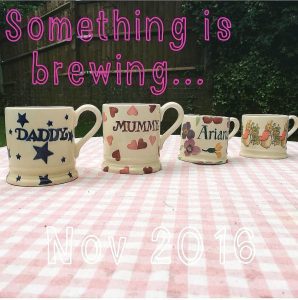 Different households hold different standards for what brand of mugs they use. Some simply don’t care. Other’s favour brands like Le Creuset, Denby, Emma Bridgewater, or local potters. Our cupboard gives me away as an Emma Bridgerwater follower, a quintessentially British brand that just makes me happy. We have many but I have a couple of favourites that I use. I love her stuff so much I even announced our second pregnancy with her mugs and a tea analogy!
Different households hold different standards for what brand of mugs they use. Some simply don’t care. Other’s favour brands like Le Creuset, Denby, Emma Bridgewater, or local potters. Our cupboard gives me away as an Emma Bridgerwater follower, a quintessentially British brand that just makes me happy. We have many but I have a couple of favourites that I use. I love her stuff so much I even announced our second pregnancy with her mugs and a tea analogy!
I am not a morning person. I have tried but since my teenage years, but the struggle is real. My daughters know that it’s not even worth talking to me before I’ve had my cup of tea. I adore coffee too, but tea comes first in the morning. If I don’t want milk, I’ll go for a loose leaf Lady Grey (which is like Earl Grey but with lemon flavourings).
But It All Comes Back to the Ritual of Tea
There is something in the automatic movement of your hands, picking the kettle up, filling it, and putting it down. Concentrating on the noise of the water as it boils. Slowly pouring the boiling water over the tea bag and watching the colour turn brown. At that point, I’ll get the girls’ breakfasts, and feed the dog. Then it’s time to add a dash of milk, stirring a couple of times with a teaspoon, discarding it, and watching the steam rise. Slowly plodding to the sofa and collapsing in a blurry eyed heap, I’ll sip my tea until I start to waken.
Now the day can begin.


